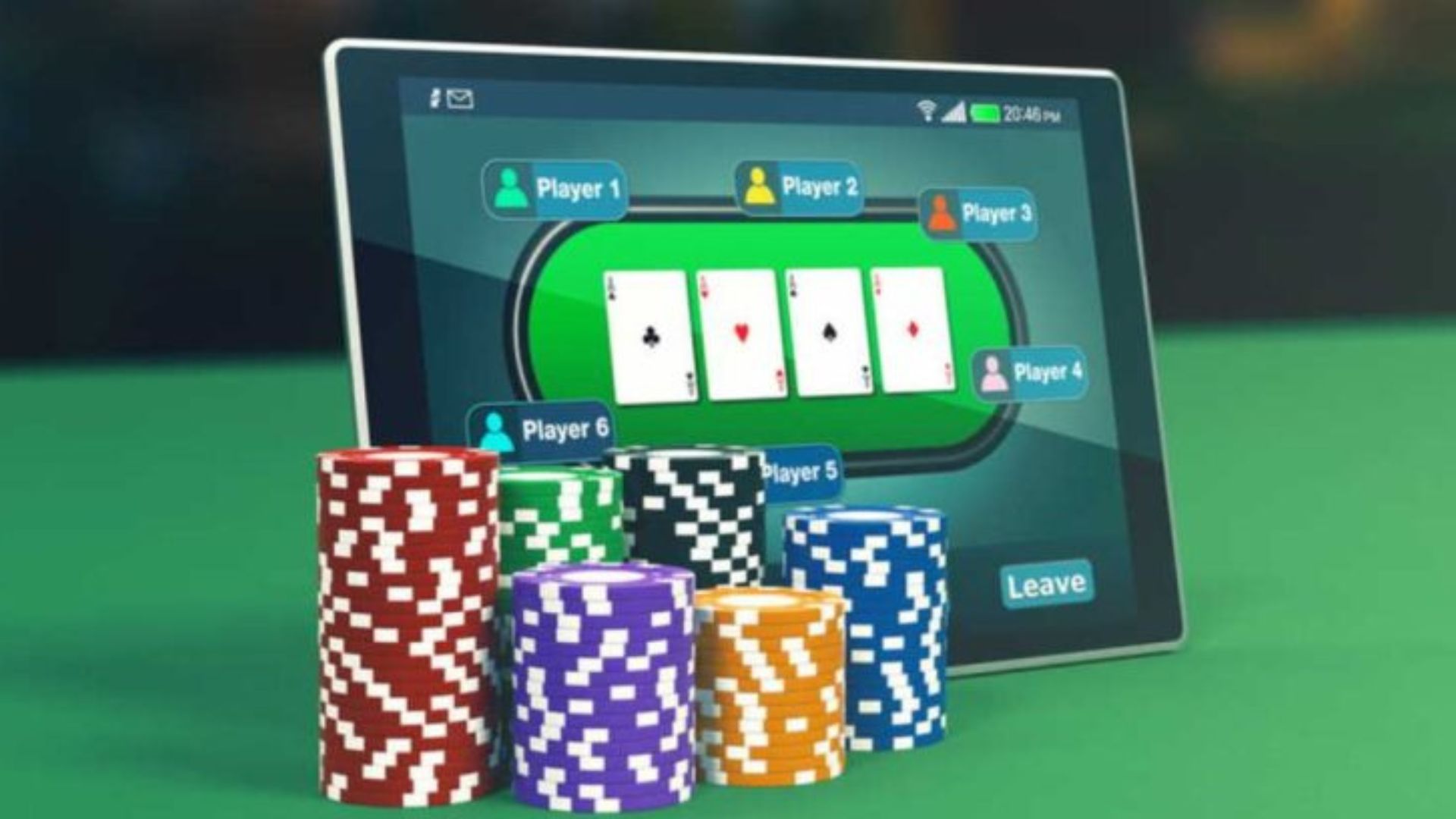Poker is a game rich in tradition and terminology. For newcomers, understanding the language of poker can feel like trying to decipher a secret code. But fear not! In this guide, we’ll demystify some of the most common poker lingo, helping you navigate the tables with confidence.

Blinds
Flop, Turn, and River
All-in
When a player bets all of their remaining chips in a hand, they are said to be “all-in.” This means they can no longer make any additional bets but can still win a portion of the pot if they have the best hand at Showdown. Other players can continue betting, but any additional bets are placed in a separate side pot.
Check, Raise, and Fold
During a hand of poker, players have several options for their actions:
- Check: Choosing not to bet when it’s your turn. This passes the action to the next player without putting any additional chips in the pot.
- Raise: Increasing the size of the current bet. This forces other players to match your bet or fold their hands.
- Fold: Surrendering your hand and forfeiting any chips you’ve already put into the pot.
These actions allow players to manipulate the flow of the game and either build the pot or protect their chips.
Pot Odds and Expected Value (EV)
Pot odds and expected value (EV) are concepts used by poker players to make strategic decisions at the table. Compare the current size of the pot to the size of the bet you need to call, helping you determine whether it’s mathematically correct to continue in a hand. The expected value calculates the average amount of chips you stand to win or lose over time by making a particular play. Understanding these concepts can give you a significant edge in poker.

